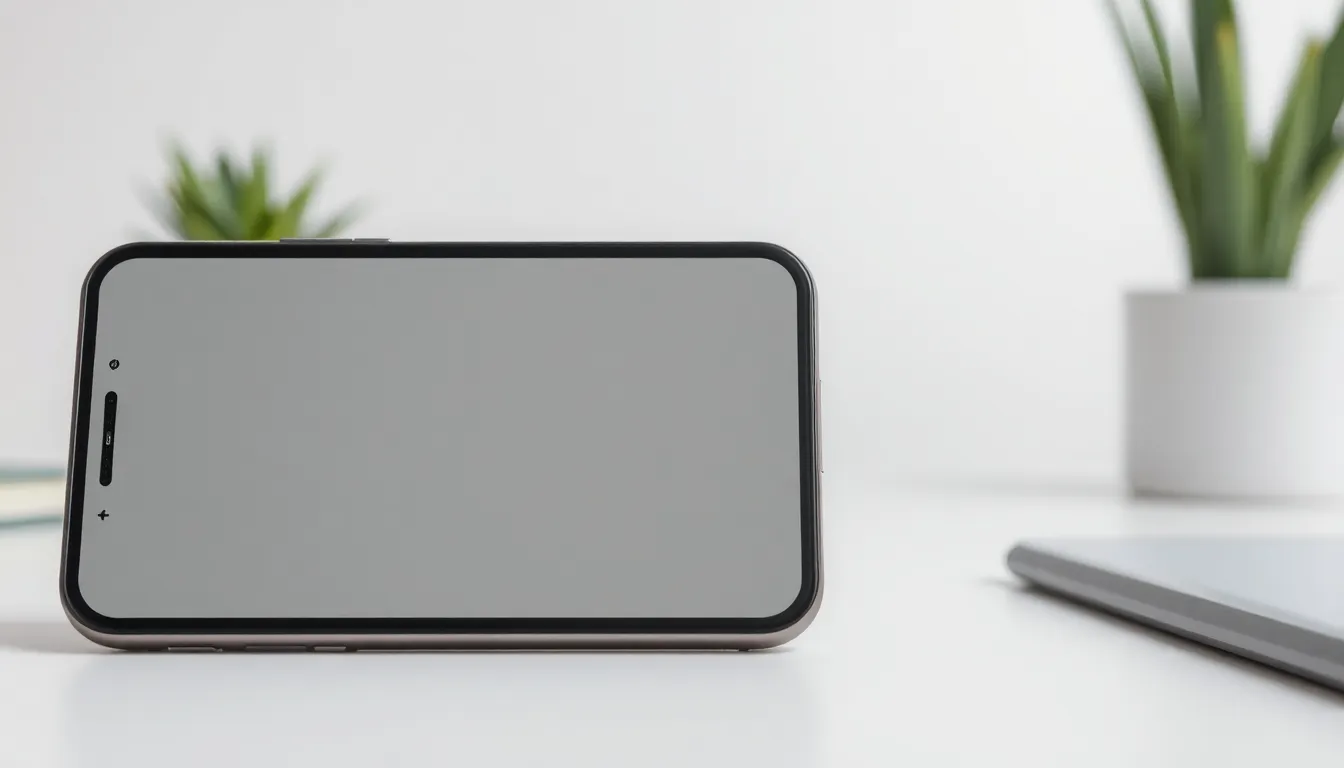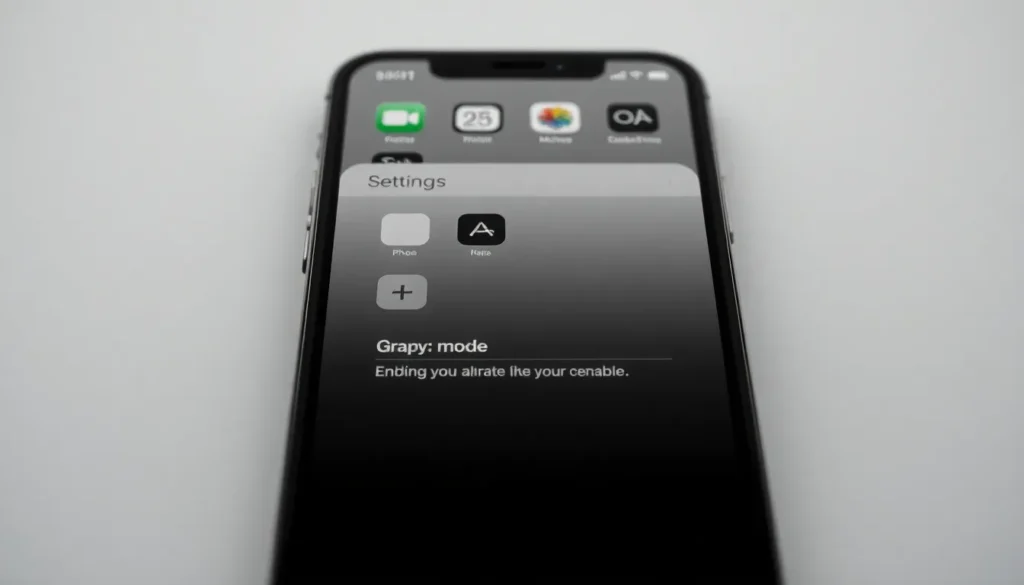Table of Contents
ToggleEver wondered why your iPhone feels like a colorful circus while your mood’s more suited for a black-and-white film? If scrolling through vibrant apps feels like a visual overload, it might be time to embrace the chic simplicity of grayscale. Not only does this sleek setting give your device a sophisticated makeover, but it can also help reduce distractions and save battery life.
Understanding Grayscale Mode
Grayscale mode alters the iPhone’s display to shades of gray. This modification serves various practical purposes.
Benefits of Using Grayscale
Grayscale offers multiple advantages that cater to user preferences. First, it reduces visual distractions, allowing users to focus on content without vibrant colors competing for attention. Secondly, many find this setting helps with eye strain, especially during extended screen time. Thirdly, it can extend battery life by minimizing power consumption, particularly on OLED screens. Additionally, users may find navigating the interface more straightforward with fewer colors.
When to Use Grayscale Mode
Grayscale mode proves useful in several scenarios. For individuals easily distracted by colorful notifications, enabling this feature can improve concentration. During nighttime, using grayscale reduces blue light exposure, promoting better sleep habits. Users may also prefer this mode when reading lengthy articles or eBooks, as it enhances readability. Activating grayscale during focus sessions or study periods can further boost productivity.
Step-by-Step Guide to Enable Grayscale

Enabling grayscale on an iPhone enhances the device’s simplicity. Here’s how to do it using the iPhone’s built-in features.
Using Accessibility Settings
Navigate to the “Settings” app from the home screen. Scroll down and tap “Accessibility.” Select “Display & Text Size.” Within this menu, locate “Color Filters” and toggle it on. After that, choose “Grayscale” from the filter options. Immediately, the screen will shift to shades of gray, providing a calmer view.
Using Color Filters
For a more customized approach, access the “Settings” app again. Tap on “Accessibility,” then select “Display & Text Size.” Enable “Color Filters.” This setting allows for different color adjustments. Choose “Grayscale” from the available options after toggling on the filter option. The display will transition to grayscale instantly, simplifying your visual experience and reducing distractions.
Customizing Grayscale Settings
Customizing the grayscale settings on an iPhone enhances the user experience, tailoring it to individual needs.
Adjusting Intensity
Users can modify the intensity of grayscale effects for optimal viewing. To do this, navigate to “Settings,” then “Accessibility,” and select “Display & Text Size.” Under “Color Filters,” they can access a slider. This slider adjusts the intensity, allowing for a more pronounced or subtle grayscale effect. A subtle adjustment may suit some while others prefer a stronger contrast. Experimenting with the slider can lead to the best visual comfort.
Reverting to Color Mode
Switching back to color mode is straightforward. Individuals can revisit “Settings,” choose “Accessibility,” and head to “Display & Text Size.” Disabling the “Color Filters” option will restore vibrant colors to the display. A quick toggle returns the iPhone to its colorful interface. Users can also set a shortcut for easy access, enhancing their experience without unnecessary navigation. Adapting to changing needs becomes seamless, allowing for immediate visual flexibility.
Troubleshooting Common Issues
These common issues may arise when setting grayscale mode on an iPhone. Addressing them effectively can enhance the user experience.
Grayscale Not Activating
Grayscale mode may not activate due to incorrect settings or software glitches. Check that “Color Filters” is enabled in the “Settings” app under “Accessibility.” Users might also want to restart their devices as this often resolves minor glitches. If grayscale still doesn’t activate, ensure the iOS is up to date, as newer software versions typically fix existing bugs. Some users find that accessibility shortcuts can interfere. Disabling these shortcuts might help to restore functionality.
Performance Concerns
Enabling grayscale mode should not significantly impact device performance. Occasionally, users may notice minor lag during transitions. This lag could stem from running multiple applications simultaneously. Closing unnecessary apps typically alleviates this issue. Users might also want to monitor background activities that consume resources. Checking battery settings can reveal if any apps drain battery life excessively. For many, switching to grayscale often improves focus, which can enhance overall device performance during use.
Switching to grayscale mode on an iPhone can significantly enhance the user experience. By reducing distractions and eye strain while conserving battery life, it offers a practical solution for those seeking a more focused digital environment. The straightforward activation process and customizable settings make it accessible for anyone wanting to try this feature.
Whether it’s for improved concentration during work or reducing blue light exposure at night, grayscale mode caters to various needs. With the added ability to toggle between color and grayscale easily, users can adapt their device’s display to suit their preferences. Embracing this simple change can lead to a more productive and visually calming experience on the iPhone.




